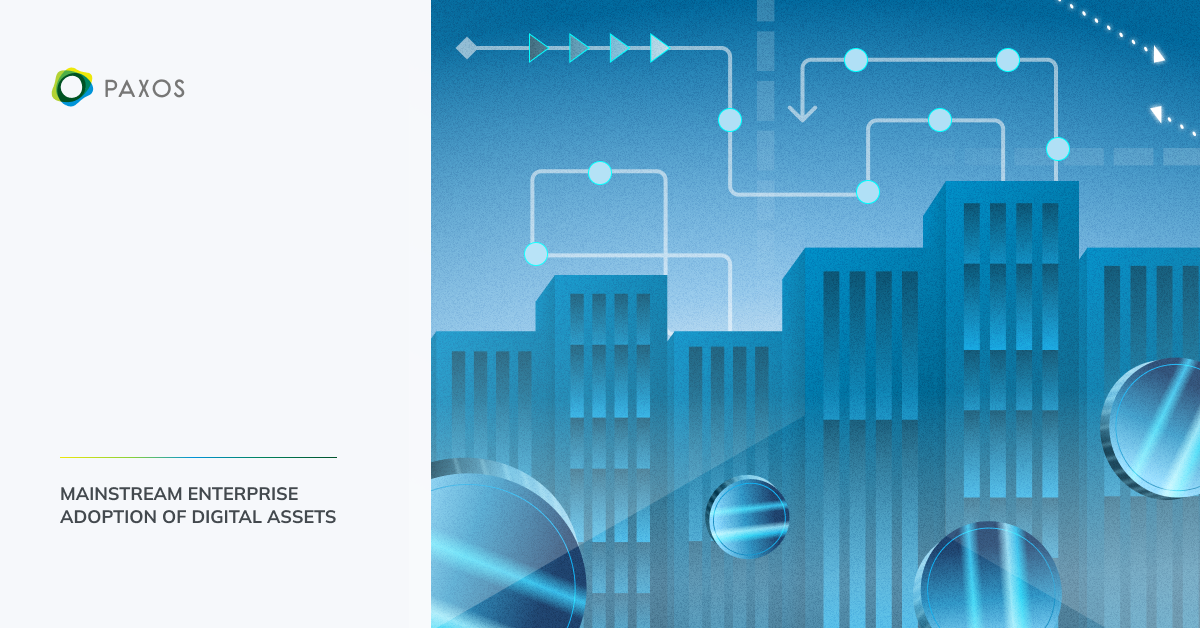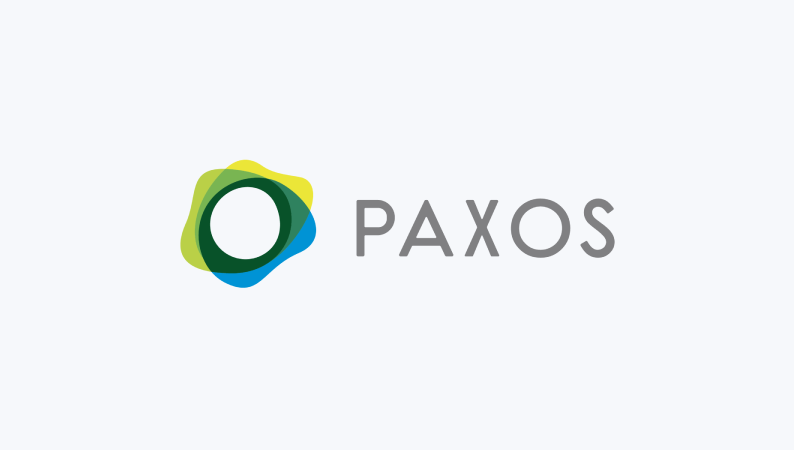
While still early in the adoption phases within a historically conservative industry like banking, blockchain technology is already used in enterprise functions – from storing data across registries to tracking consumer goods shipped from around the globe. Seventy-six percent of the senior executives who responded to Deloitte’s 2021 Global Blockchain Survey said they “believe digital assets will serve as a strong alternative to or outright replacement for fiat currencies in the next 5–10 years.”
That’s a bold prediction, as cryptocurrency’s market penetration is still small compared to traditional currencies. The total market cap for crypto is about $1.1 trillion, compared with a total market cap of approximately $14.5 trillion for the global banking sector, according to McKinsey’s Global Banking Annual Review for 2022.
Citigroup’s keys to mainstream adoption
So the question is – what obstacles are in the way of keeping the market flowing and growing? In a recent report titled Money, Tokens and Games: Blockchain’s Next Billion Users and Trillions in Value, Citigroup enumerated some keys to unlocking digital assets’ full potential:
- Industry-wide regulatory frameworks. One of the primary barriers to the mainstream adoption of stablecoins and tokenization is the need for a clear and coherent regulatory framework. Stablecoins, defined as digital currencies pegged to a fiat currency, commodity or financial instrument, are regarded as catalysts for the mass adoption of cryptocurrencies. (USDP is an example of a stablecoin pegged to the US dollar.) However, their usage is frequently limited by contradictions and a lack of clarity in regulatory oversight across different countries, often hindering companies’ ability to offer these products globally.
- International initiatives. The UK recently joined some countries, such as Sweden, Switzerland, Luxembourg, France, Germany, Thailand, Singapore and the Philippines, in creating model frameworks and seeing benefits in terms of adoption. According to a PwC report titled Central Bank Digital Currencies and the Future of Money, as of June 2021, 85% of the world’s central banks are either studying or piloting CBDCs. More cross-border projects, such as the Bank for International Settlements Innovation Hub’s Project Polaris and the recent passage of the European Union’s Markets in Crypto Assets (MiCA) regulation, will help develop trustworthy currencies across regions.
- Payment rails. A digital asset infrastructure will require new blockchain rails to move tokenized assets. Organizations will need these rails to interoperate with existing infrastructure — and ultimately replace these older rails currently moving trillions of dollars each day. Citigroup points out that the interim stage of interoperability will limit the speed and increase the cost of the new infrastructure additions for the short term. International enterprise investment is critical to adoption and as these businesses scramble to identify the most valuable use cases for their customers, payments remain one of the largest but more challenging opportunities due to the need to operate across multiple jurisdictions (such as cross-border payments) and a need for integration to complex back-end enterprise resource planning (ERP) systems.
- Adoption by financial giants. Citigroup explores the driving factor behind private equity giants like KKR, Apollo, and Hamilton Lane setting up tokenized versions of their funds on digital exchanges and venues like Securitize, Provenance Blockchain, and ADDX. It’s the opportunity to access an entirely new tech stack that lets all stakeholders do all activities on the same shared infrastructure “…as one golden source of data.” PwC also sees more traditional institutions joining startups in putting their weight behind this massive infrastructure project. “For crypto natives, now may be the time to learn from the competition: Many legacy FIs have the tools and processes to help innovation scale safely. These tools include counterparty and concentration measurement and risk management, both at the legal entity level as well as the enterprise level.”
- Intermediation roles. For investors, tokenization promises to speed and simplify access to traditional financial assets like securities and mutual funds. But Citigroup found that for finance professionals focused on the intermediation of those assets, digital transformation may be difficult to accept as “…some of the players who are required to invest and drive change could likely see their existing roles centered on intermediation disappear, or at the very least morph into new roles, involving a lot of investment. Workflows and behaviors need change and new mindsets. Process flows need to upgrade from sequential, synchronous processing based on each intermediary doing one task in the flow and then handing over to the next, to asynchronously and simultaneously.”
- Public perception. As Citigroup puts it, “To complicate things further, a lot of the connotation around public blockchain has been sullied by the narrative around cryptocurrencies, price volatility and scams.” This may not be news to anyone in the industry, as high-profile failures such as FTX have impacted public perception, forcing regulators’ hands.
- Technological superiority. Market controversies aside, the technical principles of blockchain and tokenization are consistent, and their application is solid; indeed, they’re more secure and transparent than traditional systems.
Blockchain technology is poised to overcome obstacles
The Citigroup report believes successful mainstream adoption will occur “…when blockchain has a billion-plus users who do not even realize they are using the technology.” This underscores the fact that the potential for blockchain technology to thrive within the financial industry is tied, at least in part, to large-scale enterprise involvement. As large central banks begin testing central bank digital currencies (CBDCs) and Fortune 500 companies launch crypto services, more companies will likely follow suit.
However, clear regulatory guidelines are also needed to enhance the speed of adoption – in addition to more education across the enterprise and consumer segments. Fortunately, blockchain technology’s potential for a new era of productivity in financial markets is a powerful incentive that may soon have more key players ready to take on these challenges.

